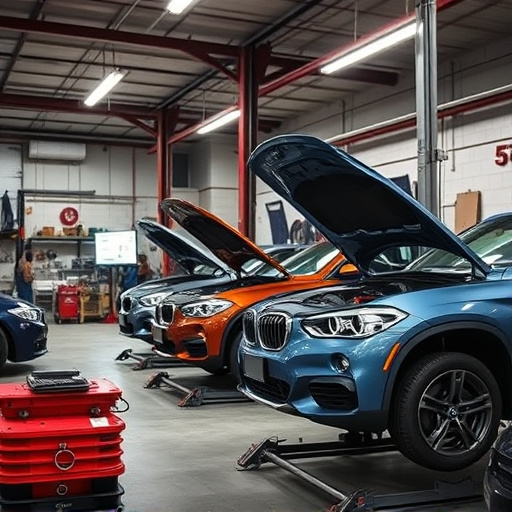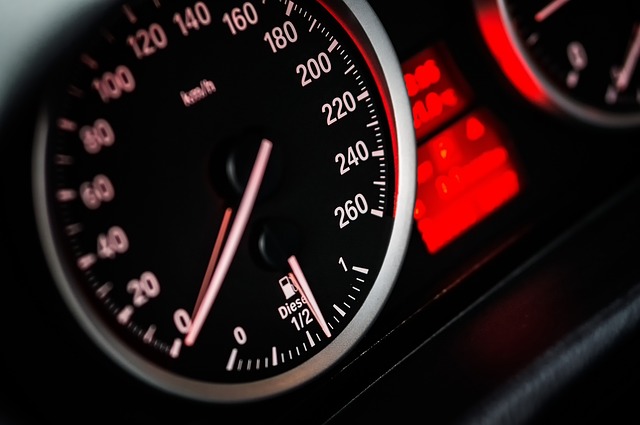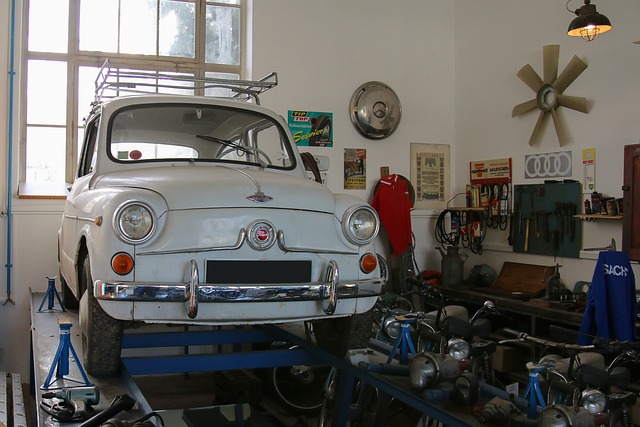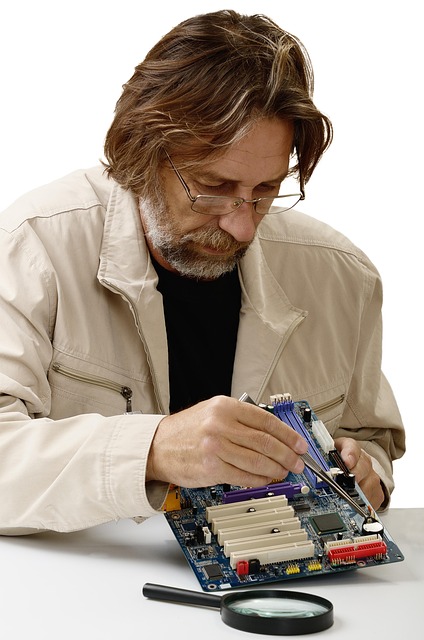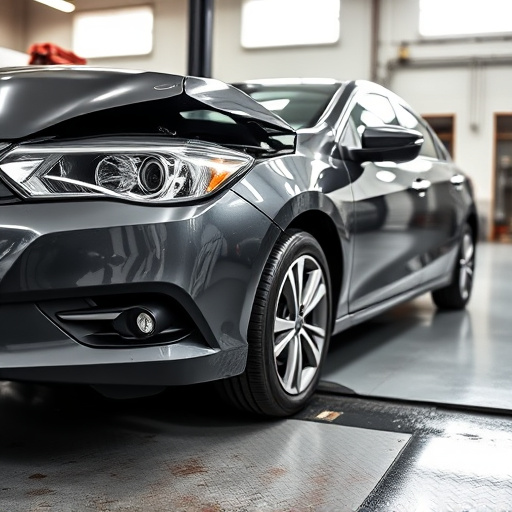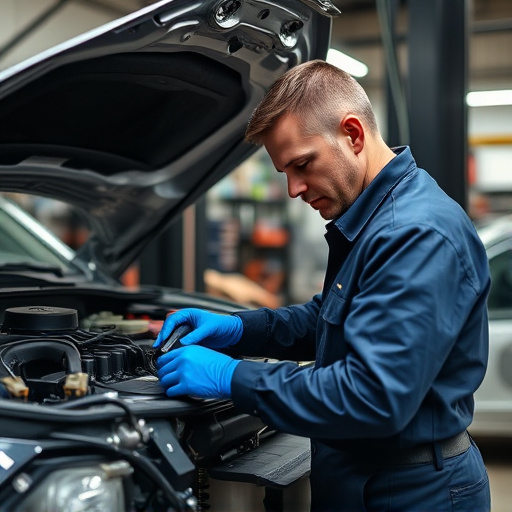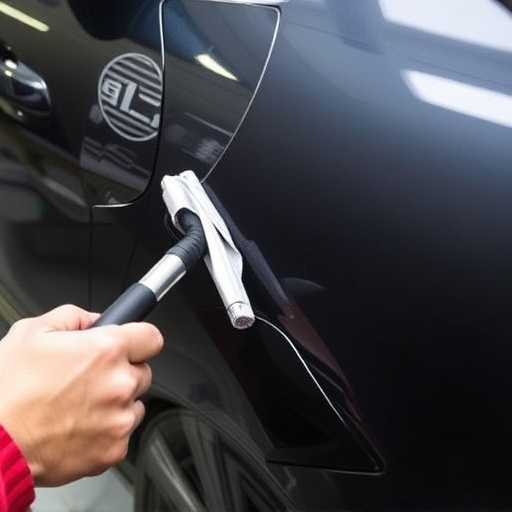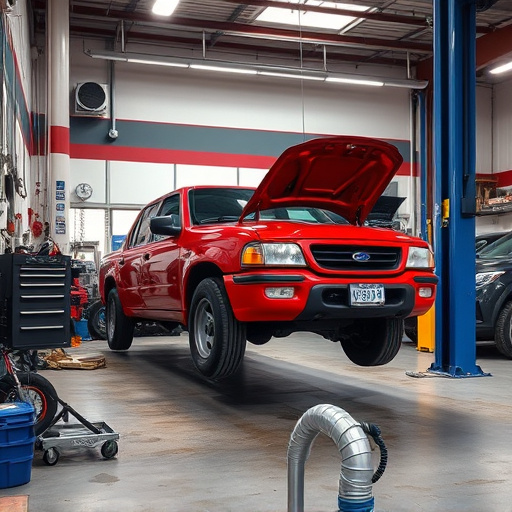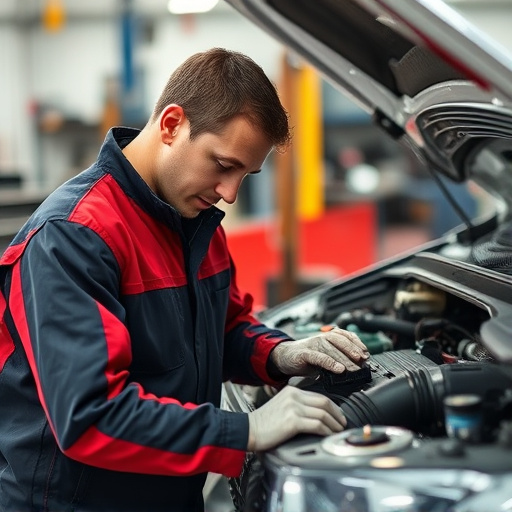Auto body repair guarantees offer consumers peace of mind, ensuring high-quality repairs lasting 1-3 years with comprehensive coverage for materials, labor, and structural integrity. Pre-repair assessments are crucial for effective protection, involving detailed inspections, documentation, and record-keeping. Post-repair follow-up is vital for maintaining customer satisfaction, addressing concerns, and enhancing the validity of guarantees, making it a key differentiator in a competitive market.
Maintaining an auto body repair guarantee is crucial for both repair shops and customers. This article explores best practices to ensure effective protection, delving into key components of auto body repair guarantees and comprehensive coverage. We discuss pre-repair assessment and meticulous documentation as foundational steps, followed by post-repair follow-up to foster customer satisfaction. By implementing these strategies, auto body shops can enhance service longevity and build trust with their clients, ultimately bolstering their reputation in a competitive market.
- Understanding Auto Body Repair Guarantees: Key Components and Coverage
- Best Practices for Effective Guarantee Protection: Pre-Repair Assessment and Documentation
- Post-Repair Follow-up and Customer Satisfaction: Ensuring Longevity of Guarantee Services
Understanding Auto Body Repair Guarantees: Key Components and Coverage
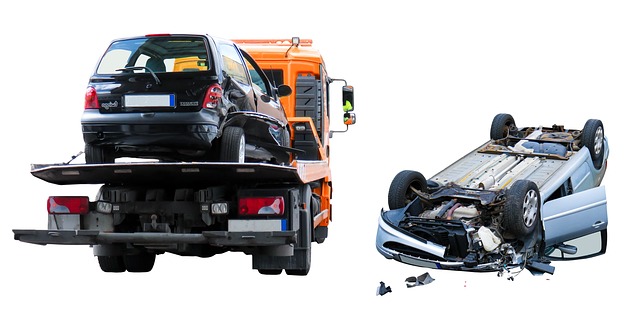
Auto body repair guarantees are designed to offer consumers peace of mind and protection after a vehicle undergoes structural repairs. These guarantees serve as a commitment from the repair shop that the work performed will be of high quality, lasting, and free from defects. Understanding the key components and coverage of an auto body repair guarantee is essential for both consumers and repair professionals.
A comprehensive auto body repair guarantee typically includes coverage for materials, labor, and structural integrity. This means that if a customer discovers issues with the repair job—such as poor paint quality, misaligned panels, or weak adhesion—within a specified period, usually ranging from 1 to 3 years, the repair shop is responsible for correcting these defects at no additional cost. The guarantee also extends to ensuring that the vehicle’s structural integrity is restored, preventing future safety hazards and maintaining its overall value. For instance, if a car scratch repair or automotive collision repair leaves visible imperfections or weakens specific parts, the guarantee should cover rectifying these issues.
Best Practices for Effective Guarantee Protection: Pre-Repair Assessment and Documentation

Before initiating any auto body repair work, conducting a thorough pre-repair assessment is paramount to ensuring effective guarantee protection. This initial step involves meticulously inspecting the damaged area, documenting the condition of the vehicle, and taking detailed notes on all observable defects or issues. It’s not just about visually examining the surface; it includes checking for hidden damage, such as underlying structural integrity issues or existing corrosion that might be concealed by paint. By creating a comprehensive record, collision repair shops can accurately track repairs made and any pre-existing conditions, which is crucial when assessing claims later.
Documentation plays a pivotal role in safeguarding the auto body repair guarantee. High-quality photographs capturing various angles of the damaged area, along with detailed descriptions, serve as irrefutable evidence. Additionally, ensuring that all relevant information, including vehicle identification numbers (VIN) and customer details, is accurately recorded, streamlines the claim process. This meticulous approach fosters transparency between the car body shop and its clients, providing a solid foundation for honoring warranties and guarantees when repairs are completed.
Post-Repair Follow-up and Customer Satisfaction: Ensuring Longevity of Guarantee Services

After a successful auto body repair, establishing a post-repair follow-up process is essential to guarantee customer satisfaction and protect the longevity of services provided. It’s a key step in ensuring the client’s peace of mind and fostering long-term relationships. This involves reaching out to the customer after the work is complete to verify their satisfaction with the auto body repair results, addressing any concerns or questions they may have, and offering ongoing support.
Regular communication allows the auto body shop to monitor the vehicle’s performance post-repair, especially in cases of complex or extensive vehicle collision repairs. By following up, the shop can identify potential issues early on and provide prompt resolution, ensuring the guarantee remains valid and effective. This commitment to customer satisfaction is a powerful differentiator for any auto body shop, enhancing its reputation as a reliable and trustworthy service provider within the industry.
Maintaining an auto body repair guarantee is essential for both repairing shops and customers. By understanding the key components of these guarantees and implementing best practices, such as thorough pre-repair assessments and effective post-repair follow-up, businesses can ensure their work meets high standards. These practices not only protect the warranty but also foster customer satisfaction and loyalty. Remember, a satisfied customer is key to a thriving auto body repair shop.
